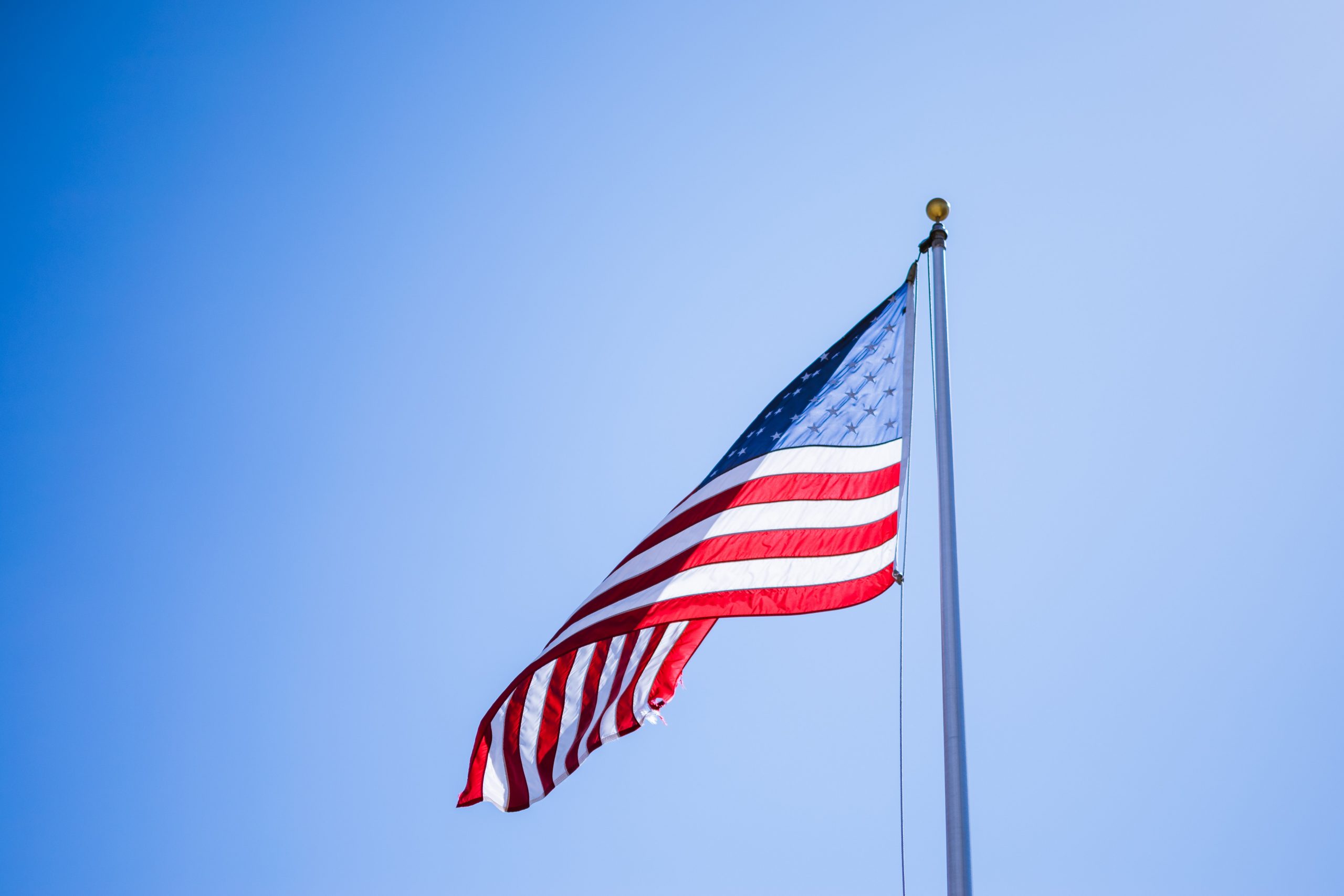If you are applying for a trademark in the USA, it’s important to understand the different bases for filing a trademark application. You may select from 3 possible bases: Use-in-commerce, Intent-to-use, and Foreign application. Knowing which basis to choose can save you time and money and increase your chances of a successful application.
In this article, we’ll explore the various bases for applying for a trademark in the USA and help you determine which one is right for your specific situation. Here you can find a comprehensive list of requirements and documents for registering a trademark in the US.
Use-in-commerce basis for a trademark in the USA
This basis requires that the trademark has been used in commerce in connection with the goods or services listed in the trademark application.
To qualify for registration on a use-in-commerce basis, you must use the trademark in a “lawful” way under federal law. This means that if the trademark is used in connection with goods or services that are illegal under federal law, you cannot register the trademark on this basis.
To assert the use-in-commerce basis, you must:
- provide a signed statement that you are using your mark in commerce;
- specify the date that you first used your mark anywhere with your goods or services;
- specify the date that you first used your mark in commerce with your goods or services;
- submit one specimen for each class of goods or services in your application. A specimen is a real-world example of using your mark on your goods or services.
Intent-to-use basis for a trademark in the USA
The intent-to-use basis allows applicants to reserve their rights to a particular trademark before they start using it in commerce. The application must include a sworn statement that the applicant has a bona fide intent to use the mark in commerce in connection with the goods or services listed in the application.
There are additional fees if you apply based on Intent-to-use. After an application has been published in the Official Gazette and no oppositions are filed, the Notice of Allowance (NOA) will be issued.
NOA is a written notification from the USPTO that your trademark has survived the opposition period following publication in the Official Gazette. The issue date of the NOA establishes the due date for filing a statement of use (SOU). You must file an SOU or a request for an extension within 6 months from the issue date of the NOA. Otherwise, your application will be considered rejected.
SOU must include the dates of use (the date that you first used your trademark and the date that you first used your trademark in commerce), a filing fee ($100 per class), and one specimen of use for each class.
It’s important to note that the intent-to-use basis only grants the applicant any actual trademark rights once the mark is used in commerce and a Statement of Use is filed. However, it does provide a way for applicants to reserve their rights to a mark while they develop their business plans or prepare for market entry.
Foreign application basis for a trademark in the USA
The foreign application basis is available for foreign applicants who have already filed a trademark application in their home country or through an international trademark application under the Madrid Protocol. It allows the applicant to claim priority over the filing date of their foreign application.
To use the foreign application basis, the applicant must file an application in the USA within six months of their foreign application date or international registration date. This allows the applicant to extend their trademark protection to the USA while maintaining priority to their home country’s application date.
A certified copy of the Priority Document should be translated into English and certified by the translator. The priority document can be filed within 3 months from the filing date.
To assert this basis, you must provide:
- a timely “claim of priority,” that is, a claim of priority that has been asserted in the US application within 6 months of the filing date of the foreign application;
- the filing date, serial number, and foreign country of the first regularly filed foreign application;
- a listing of goods and/or services that does not exceed the scope of the goods and/or services in the foreign application;
- the following statement, verified in an affidavit or signed declaration: “Applicant has a bona fide intention to use the mark in commerce and had a bona fide intention to use the mark in commerce as of the application filing date.”
Final thoughts
There are various bases for applying for a trademark in the USA, and choosing the right one can be critical to the success of your application. Whether you apply under the use-in-commerce basis, intent-to-use basis, or foreign application basis, it is essential to understand the requirements and limitations of each basis. Consider consulting with a licensed trademark attorney to ensure you make the best decision for your trademark registration.
***
The iPNOTE platform features more than 700 IP law firms that cover more than 150 countries, so you can always find the right direct service provider using our flexible filtering system.
Look at our directory of trademark attorneys in the United States.
Sign up for free, and we’ll help you solve any IP-related problem.
EU design registration is a crucial aspect of industrial design service offerings. An industrial design service ensures seamless navigation of the EU design registration process, safeguarding client innovations across European markets.







